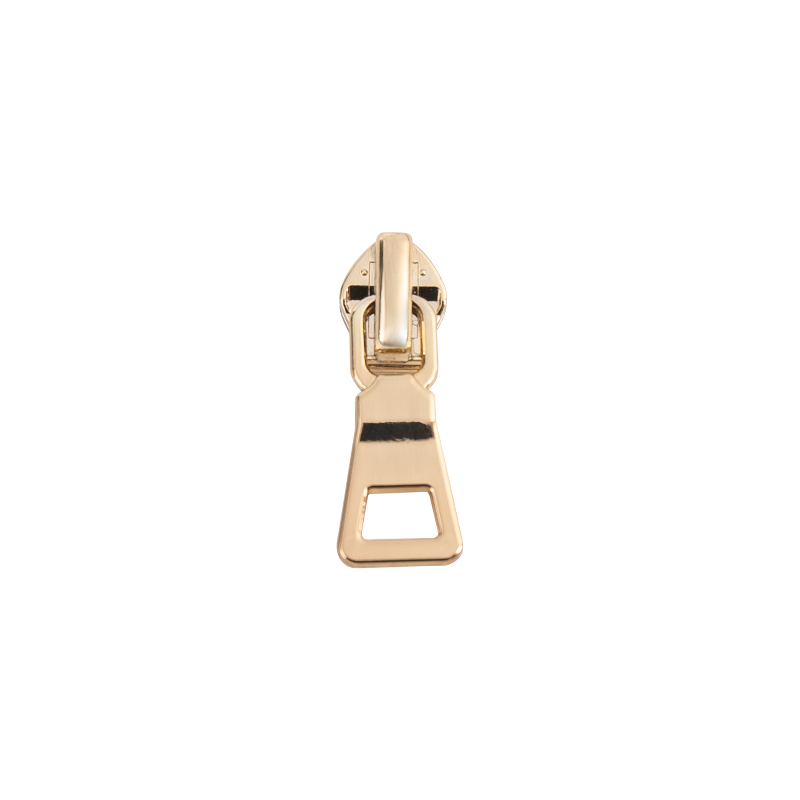Nylon zippers are commonly used in clothing, bags, and outdoor gear due to their durability and flexibility. However, over time or with poor maintenance, the zipper slider—the small device that moves along the teeth to open or close the zipper—can become stiff or difficult to move. A stubborn zipper can be frustrating and may even lead to tearing fabric or breaking the zipper entirely. Fortunately, there are several effective ways to make a nylon zipper slider easier to use. Here are some practical methods:
1. Lubricate the Zipper
One of the most common reasons for a stiff zipper is friction between the slider and the teeth. Lubrication helps reduce this resistance.
Use Pencil Graphite: Rub the tip of a graphite pencil along the zipper teeth. The graphite acts as a dry lubricant and doesn’t stain fabrics.
Apply Bar Soap or Wax: Gently rub a bar of soap (like candle wax or paraffin wax) on both sides of the zipper teeth. These substances are waxy and help the slider glide more smoothly.
Silicone-Based Lubricants: For a cleaner option, use a silicone spray or gel designed for zippers. Avoid oil-based products like WD-40, as they can attract dirt and damage the fabric around the zipper.
2. Clean the Zipper
Dirt, lint, and debris can get stuck in the zipper teeth and prevent the slider from moving easily.
Use a soft brush or toothbrush to gently clean out the teeth.
Wipe the area with a damp cloth to remove any remaining dust or grime.
Let it dry completely before applying any lubricant.
3. Check for Misaligned Teeth
If the two sides of the zipper don’t line up properly, the slider will struggle to close or open.
Run your fingers along both sides of the zipper to see if any teeth are bent or misaligned.
If you find any bent teeth, carefully realign them using a pair of pliers or tweezers. Be gentle to avoid breaking them.
4. Inspect the Slider Mechanism
Sometimes the problem lies within the slider itself. Over time, the internal mechanism can wear down or lose tension, making it hard to grip the teeth properly.
Look closely at the slider to check for signs of damage or wear.
If the slider is broken or too worn out, consider replacing it. You can purchase replacement sliders at sewing stores or online, and they can be attached using pliers.
5. Use the Right Force and Technique
Applying too much force can bend the teeth or break the slider. Instead, try these tips:
Pull the slider straight up or down without twisting or angling it.
Hold the fabric below the slider steady while pulling to prevent strain on the zipper.
If the zipper is nearly closed but sticking, try opening it slightly first before attempting to close it again.
6. Preventative Maintenance
Regular care can prevent future issues:
After cleaning and lubricating, test the zipper regularly to ensure smooth operation.
Don’t force a zipper that won’t close; instead, identify and fix the issue first.
Store garments and bags with zippers partially open to relieve tension on the slider.
7. Upgrade to a Better Slider
If your zipper continues to give trouble despite all efforts, consider upgrading to a higher-quality slider made from durable materials like metal or reinforced plastic. These often have better tension control and smoother movement.
Making a nylon zipper slider easier involves a combination of cleaning, lubrication, alignment checks, and proper handling techniques. With regular maintenance and a little patience, most zippers can be restored to smooth operation. By addressing minor issues early, you can extend the life of your zippers and avoid costly repairs or replacements later on.

 en
en  русский
русский 한국어
한국어 get a free quote
get a free quote
















